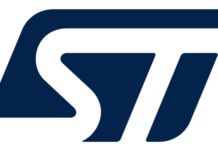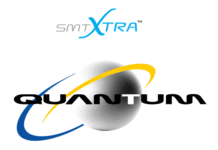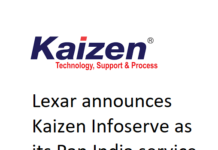
Berg Insight, the world’s leading M2M/IoT market research provider, released new findings about the market for cellular M2M terminals. Berg Insight defines cellular terminals as standalone devices intended for connecting machines to a cellular network. These include primarily general-purpose cellular routers, gateways and modems that are enclosed in a chassis with at least one input/output port. Trackers, telematics devices and other specialised devices are excluded from this report.
Berg Insight, the world’s leading M2M/IoT market research provider, released new findings about the market for cellular M2M terminals. About 4.9 million cellular M2M terminals were shipped globally during 2016, an increase of 28.0 percent from the previous year. Growing at a compound annual growth rate (CAGR) of 18.8 percent, this number is expected to reach 13.7 million in 2022. Berg Insight defines cellular terminals as standalone devices intended for connecting M2M applications to a cellular network. These include primarily general-purpose cellular routers, gateways and modems that are enclosed in a chassis and have at least one input/output port. Trackers, telematics devices and other specialised devices are excluded from this report.
North American and Asian vendors dominate the global cellular M2M terminal market. Cradlepoint, Sierra Wireless and Digi International are the largest vendors in North America, whilst SIMCom is the main manufacturer on the Asian market. Combined, these four vendors generated close to US$ 415 million in revenues from M2M terminal sales during 2016. This is equivalent to nearly 50 percent of the global market. Other noteworthy vendors include CalAmp, Multitech Systems and Encore Networks in the US, Xiamen Four-Faith, Maestro Wireless and InHand Networks in Asia, Teltonika, HMS Networks, Advantech B+B SmartWorx, NetModule, Matrix Electrónica, Eurotech, Gemalto, Dr. Neuhaus and Option in Europe and NetComm Wireless in Australia. A large number of small and medium sized vendors are active on the European market, whilst the North American market is dominated by a handful of major vendors, largely due to barriers in the form of carrier certifications required for cellular devices in the region.
“Adoption of 4G LTE in cellular routers, gateways and modems have increased rapidly in recent time due to increased focus on product life cycle costs and decommissioning of 2G networks”, said Fredrik Stålbrand, IoT Analyst, Berg Insight. He adds that two thirds of the cellular M2M terminals sold globally during 2017 used 4G LTE as the main standard. “LPWA technologies such as LTE Cat M1 and NB-IoT are expected to ease the transition from 2G to LTE networks further”, continued Mr. Stålbrand. In 2017, introductions of cellular M2M terminals featuring LTE Cat M1 and NB-IoT technologies were made by Encore Networks, Maestro Wireless and MultiTech Systems and several vendors plan to launch new products with LPWA connectivity during 2018.
For more information download report brochure: The Global M2M/IoT Terminal Market


















